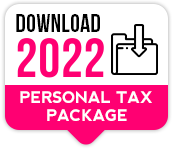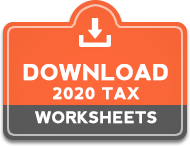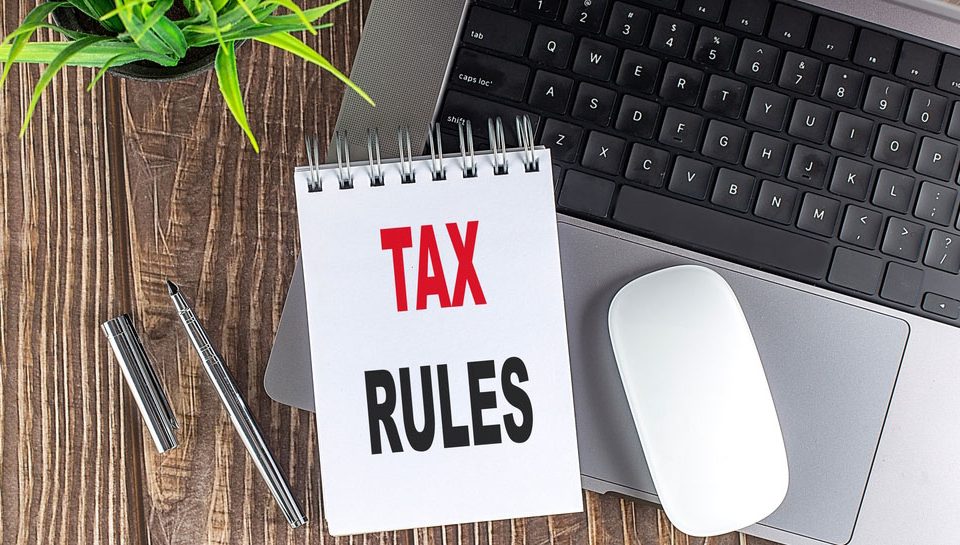
Sophisticated Canada Revenue Agency (CRA) scams circulating ahead of tax season
February 10, 2023
Government of Canada Introduces Amendments to Foreign Buyer Ban
April 6, 2023Canada’s top income earners are in for a steep hike to their tax bills under measures proposed in the 2023 budget.
The government plans to tighten up its alternative minimum tax scheme, which it says will squeeze $2.95-billion more over the next five years combined from roughly 32,000 Canadians.
About 80 per cent of that will come from the estimated 8,000 people earning $1-million or more in annual income. Put another way, $1-million earners can expect to pay an average of $59,000 more a year in tax over that five-year period, according to government assumptions.
The AMT was introduced in 1986 by Brian Mulroney’s Progressive Conservative government to prevent high-income-earning Canadians from paying little to no personal income tax. It requires those earners to apply a parallel tax calculation during the normal income tax filing process.
The Liberal Party campaigned in the 2021 election on a promise to reform AMT, saying the wealthiest Canadians still paid comparatively little personal income tax.
The budget states the government will raise the AMT rate to 20.5 per cent and that individuals would pay the higher amount of the AMT calculation or what they would pay through the regular tax system. Any extra tax paid under AMT can be carried forward for seven years and credited against regular taxes.
But the government is also giving a break to most of the people who pay AMT. It will more than quadruple the basic AMT exemption to $173,000 from $40,000, which would result in a tax cut for an estimated 38,000 out of the 70,000 Canadians who would pay AMT under the old system.
Those paying the AMT will see some tax-limiting measures cut back. For example, 100 per cent of capital gains will be taxable, up from 80 per cent, while all benefits related to gains from stock options would also be taxable.
A slew of deductions will also be disallowed for AMT claimants, including expenses for employment, moving and child care, deductions for workers’ compensation or social assistance or Guaranteed Income Supplement and Allowance payments, and interest and carrying charges incurred to earn property income. The government will cut to 50 per cent non-refundable tax credits that can be applied to reduce AMT payable.
But Brian Ernewein, senior adviser for national tax with KPMG Canada, said in an interview the changes “will deliver most of what the government anticipates” will flow into its coffers. “It’s not trying to turn around high-end tax planning, it’s just the application of standard provisions” in the Tax Act, he said.
David Macdonald, senior economist with the Canadian Centre for Policy Alternatives, a left-of-centre think tank, called the AMT changes “a generally positive move. With any changes like this that attempt to increase tax rates among the very wealthy who can pay people to get around paying those higher rates, there will be circumventions. So you have to be willing to continue to change the tax code to adjust for tax planning that attempts to circumvent the tax code.”
Post Credit: The Globe and Mail By SEAN SILCOFF Published MARCH 28, 2023 UPDATED MARCH 29, 2023
(https://www.theglobeandmail.com/business/article-federal-budget-minimum-tax/)







